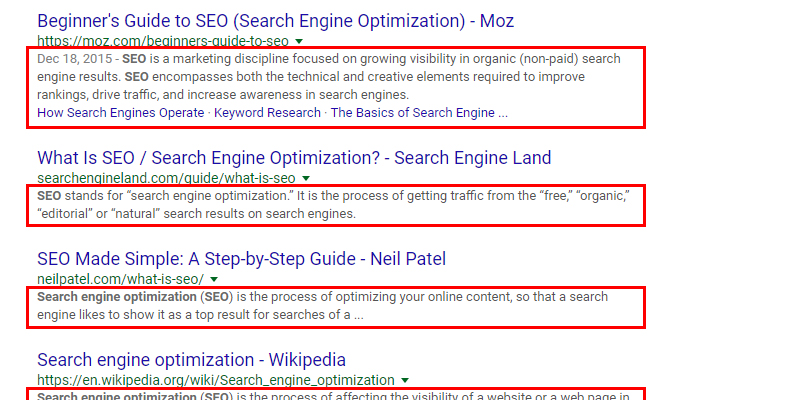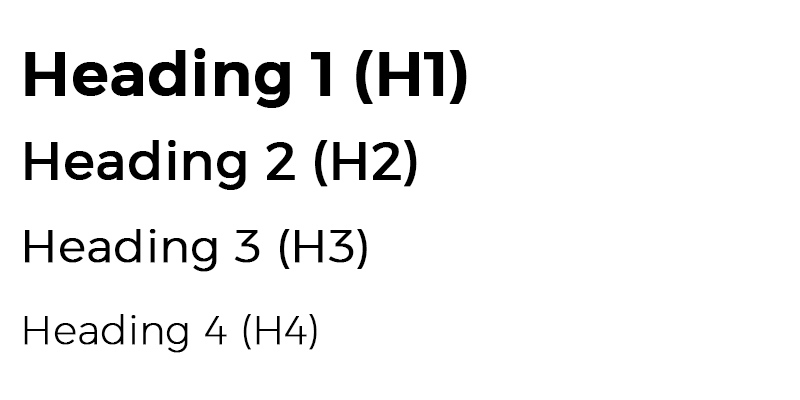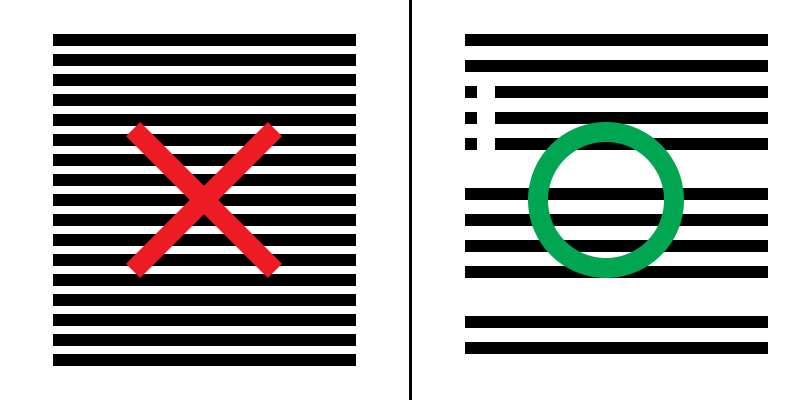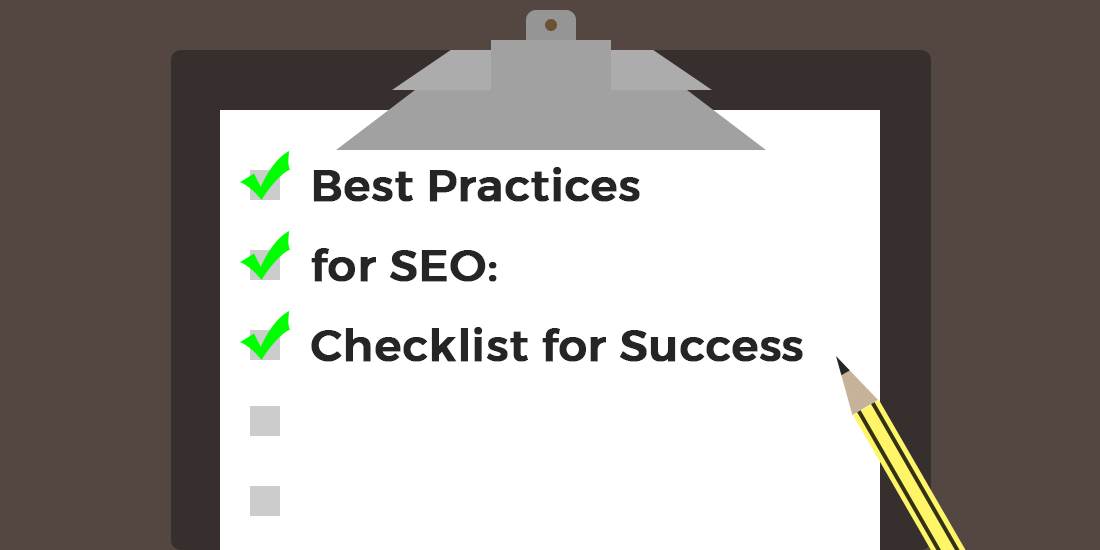Which position does your website have in the search rankings?
Not the first, the second nor the third?
Then, you need to improve your on-page optimization. Here are some helpful tips to get you started on becoming an expert on SEO.
- Unique page title tags
Title tags allow search engines to determine what the content within the page is about and the relevance the website has to the specific keyword or keyword phrase searched.
Ideally, Title tags are special for each and every page.
If users search for those specific words, search engines highlight the keyword phrases within your website’s description, thus gaining more visibility for your website. Some best ways to increasing visibility are steering clear of duplicating title tags and keeping them less than 55 characters in length, spaces included.
The common format for title tags is: Primary Keyword – Secondary Keyword | Brand Name.
- Optimize Meta descriptions
Meta descriptions engage users to click on your URL from search engine result pages. They should carefully include keywords while creating a compelling description for users. A good description acts as a potential organic advertisement and encourages the viewer to click through to your site.
Keep it short and to the point; the ideal meta description should contain between 70 and 160 characters (spaces included). Ensure that each of your web pages have a unique, straightforward meta description that contains most important keywords.

- Relevant content
As well as title tags, your content should be unique and relevant. Having multiple pages of the same content runs the risk of Google penalizing your website, thus causing your search rankings to suffer.
Maintain unique content: it’s more a rule than a tip. Your content should be relevant to the keyword phrase associated as well as include links from outside sources within your site. Limit keyword phrase usage within your content to 4 times. Don’t be afraid to create content in different mediums, such as press releases and blogs, however don’t duplicate your content for a press release onto your website.
- Headers and keyword phrases
Each page should have one, and only one, <H1> tag, instead, use multiple <H2> – <H6> tags. Use keywords in your headings with your most important keywords in the top level, and be sure to maintain the <H1> to <H6> hierarchy.

- Internal linking using anchored text
Internal linking is linking a page to another page within the same website. This strengthens the keywords of those pages, thus allowing search engine robots to navigate and determine the relevance for that keyword phrase. Be selective on the words you choose for anchoring the link within the content.
- Image ALT tags and filenames
Alt tags are the name of an image and are beneficial for search engines and for user’s accessibility. You can use keyword phrases in the title of your images, especially since image searches are widely used and makes filenames SEO friendly. While naming images, describe what they are and use dashes between the words instead of underscores. Filenames shouldn’t contain non-alpha characters either.
- Readable content
Keep your content easy so that users comfortably look over your content for the keywords they want.
By bolding and using bullet points, you distinguish between the words in the text in order to tell search engines what’s important. Paragraphs must be three sentences or less. If you utilize bullet points and bolding, don’t overuse them when breaking up blocks of content.




This checklist is a great baseline for a starting website!! Thank you for sharing
I’d never thought about naming images within a site before! Why should dashes be used in describing an image rather than underscores?
This is so easy to understand but covers all the basics. Great list SWS!
Thank you for sharing this! Great jumping off point
This is a great start for SEO beginners to help them find their footing in this huge world of SEO. Thanks for sharing this helpful list!